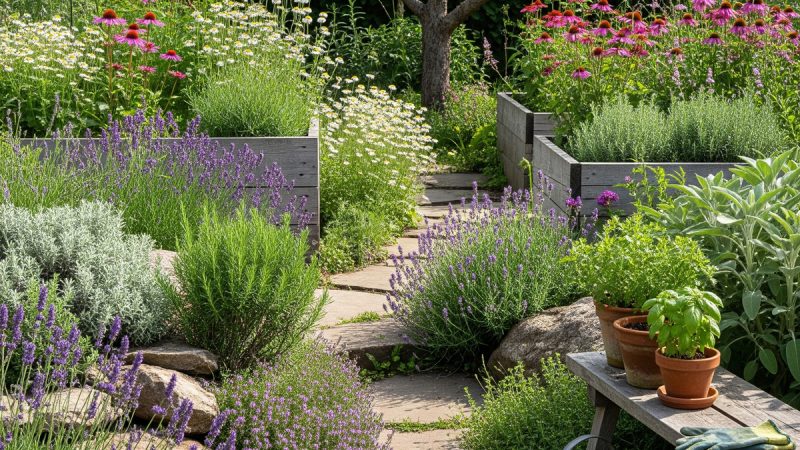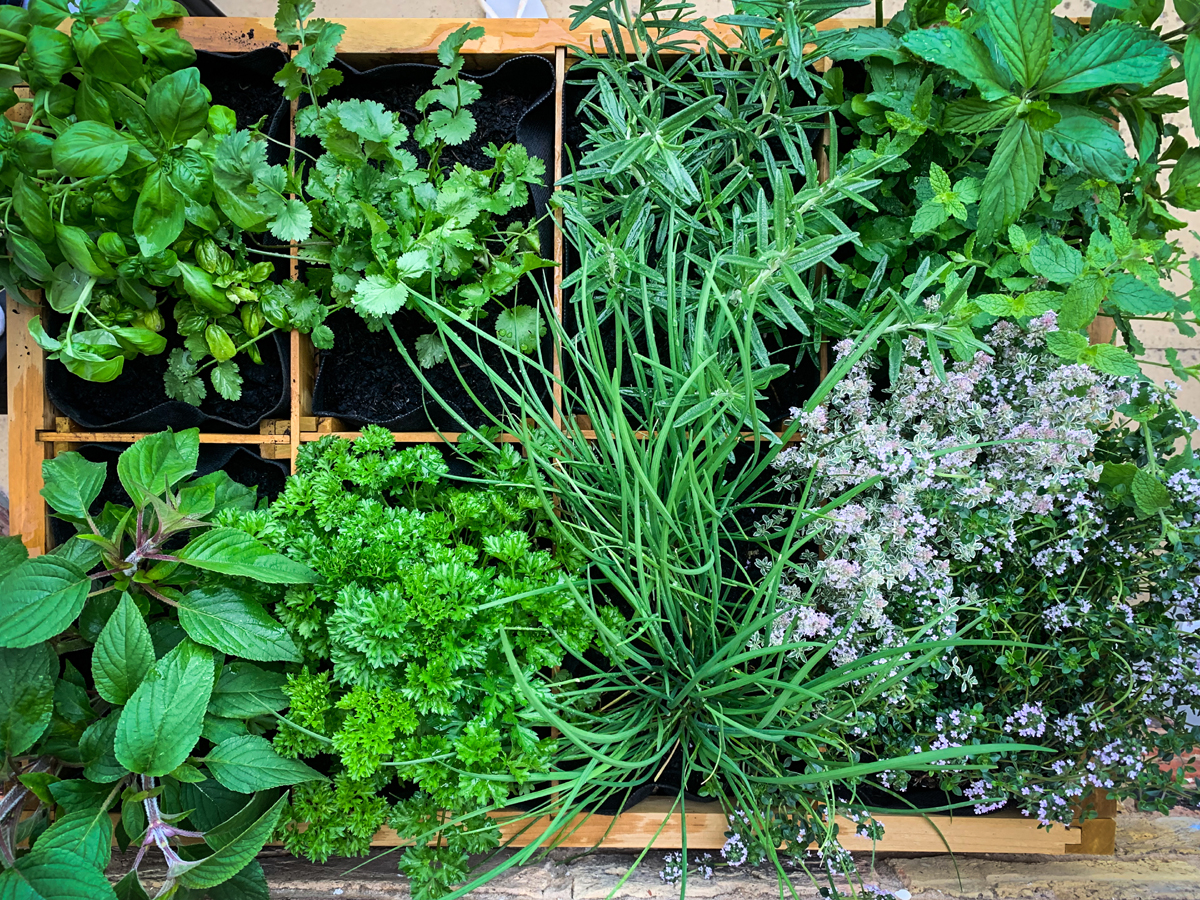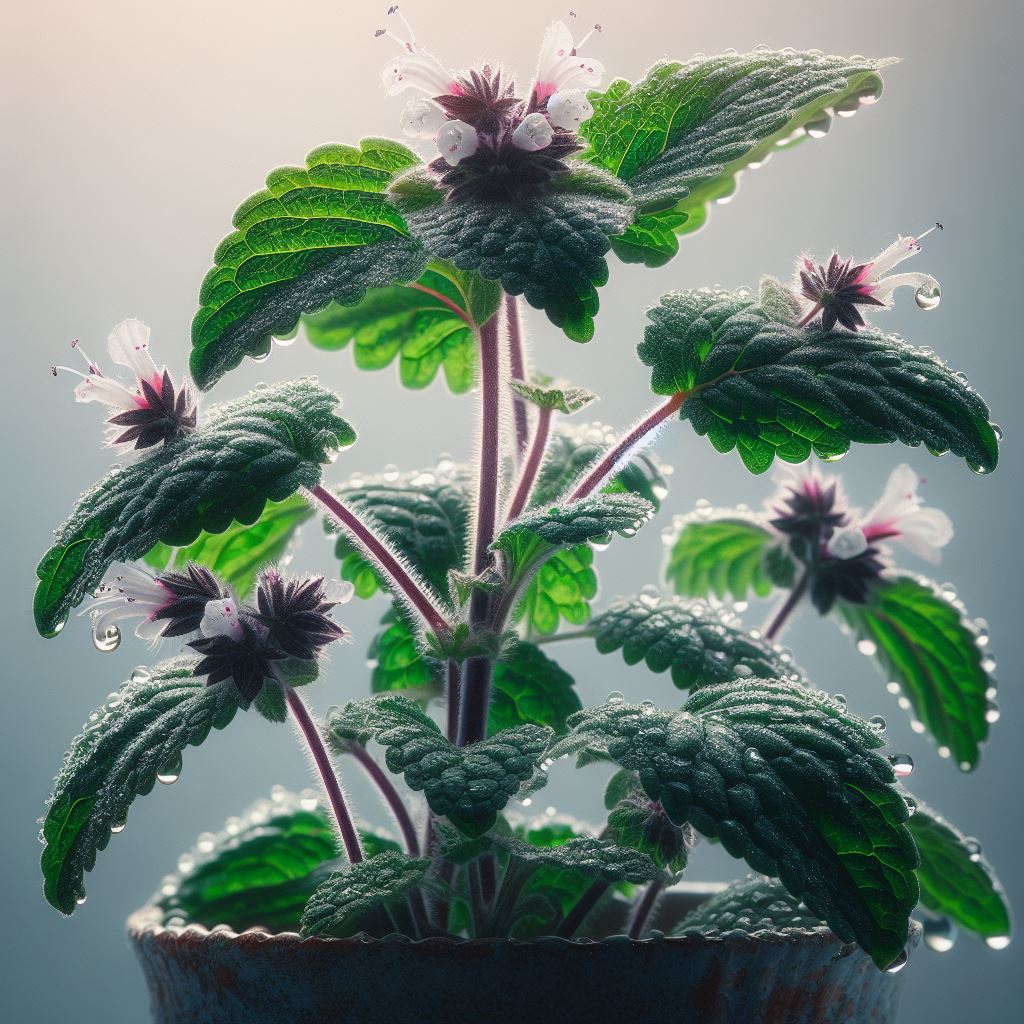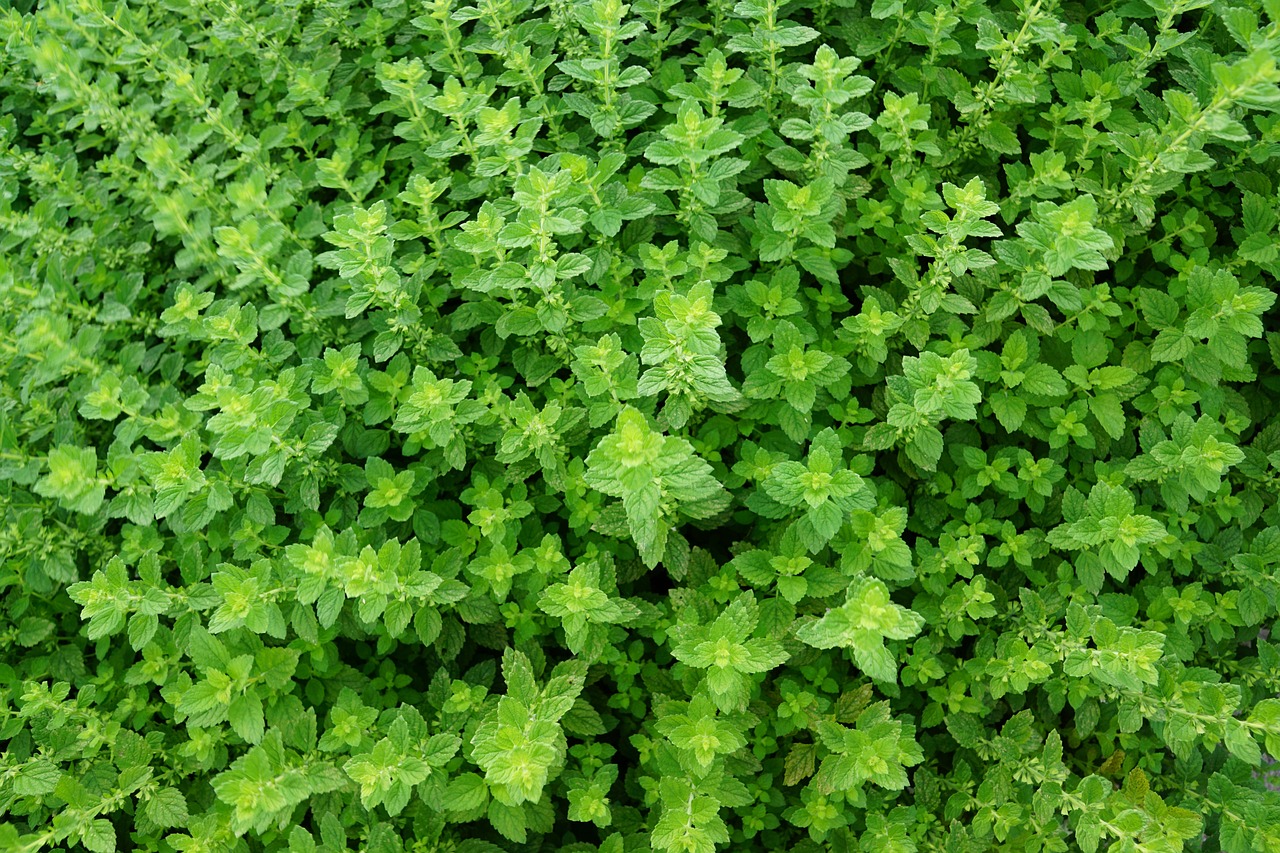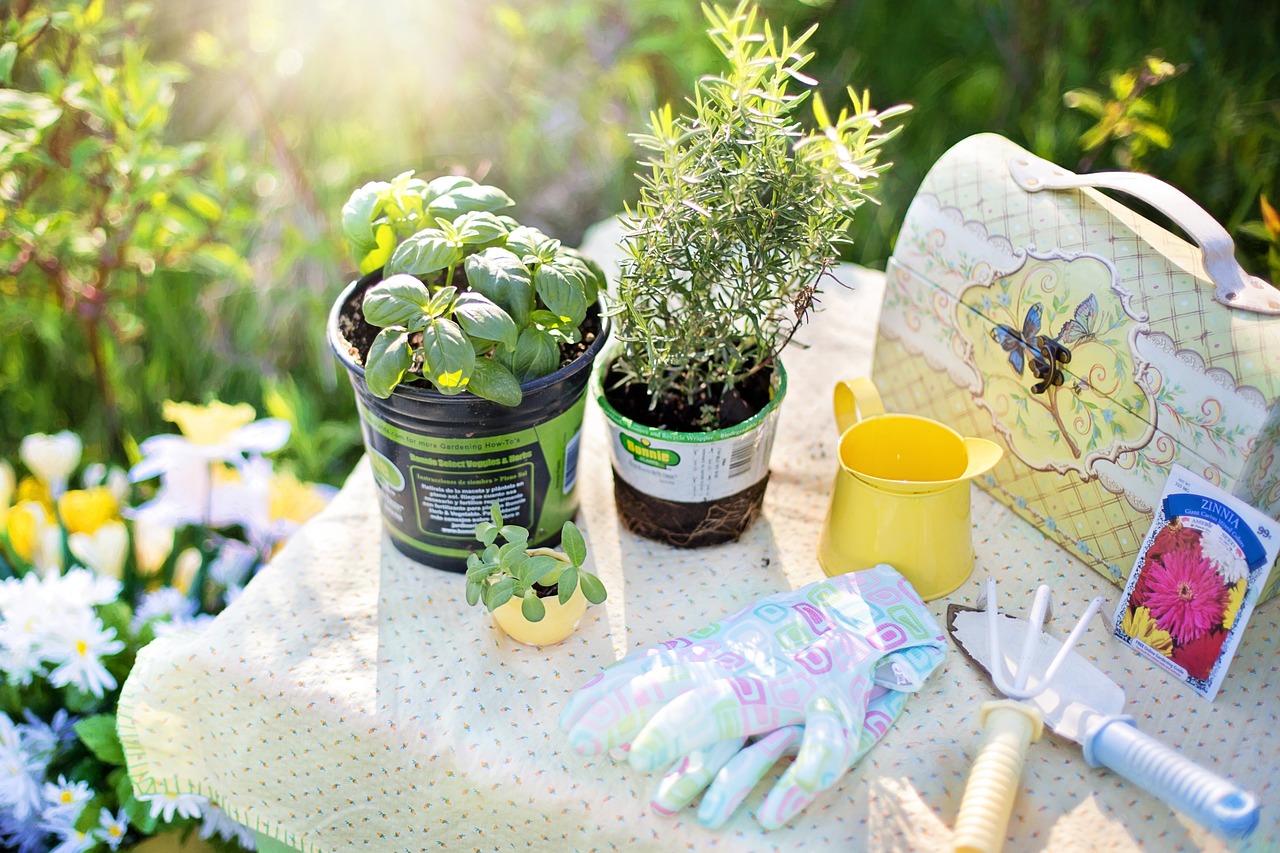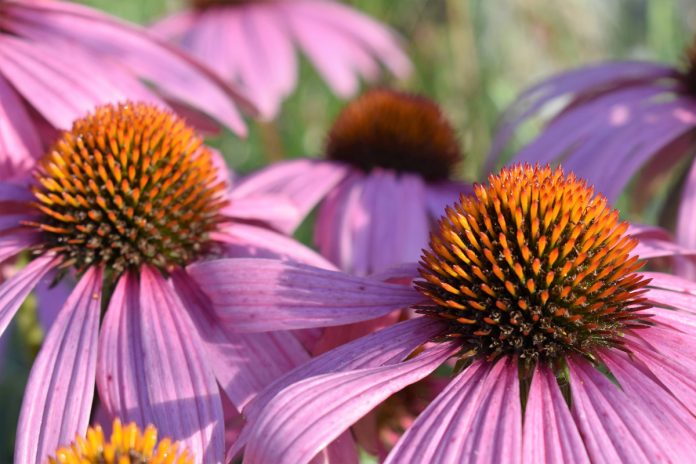How to Grow Basil and How to Use the Basil Leaves
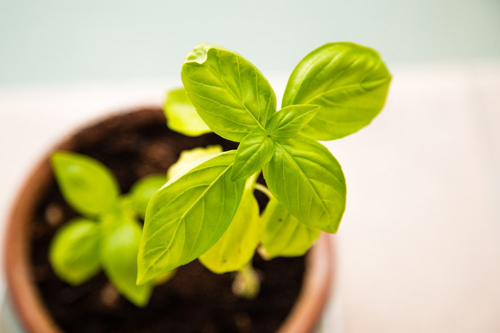
Growing basil plants in your garden or container garden will yield you a bountiful crop. The basil leaves can be used in a variety of ways in your kitchen. Experiment with many varieties of the basil plant. With several basil varieties you will have different flavors and therefore more interesting culinary dishes. Basil Plants are easy to grow and the basil leaves will add a real spark to your meals. Try growing cinnamon basil to make into a sorbet. And you don’t have to just grow the basil plants in the garden; growing basil inside on a sunny windowsill in a container garden is fun too.
If you are planting basil herbs in the ground, basil likes soil that is well drained and high in nutrients. The basil plants require full sun and a warm atmosphere. Do not mulch around the basil plants until the ground has completely warmed. Your basil plants will attract butterflies, another benefit to growing basil.
If you are growing your basil plants from seed, start 6-8 weeks before the last frost. It will take approximately two weeks for the seeds to germinate. Basil plants should be around 12 inches apart. Basil attracts slugs and snails so put a ring of eggshells around the base of each plant. There is one disease that is devastating to your basil plants. It is called fusarium wilt of basil and arrived in North American some time in the 1990’s. The symptoms are sudden wilting, dropping of the basil leaves and stems with dark streaks. As soon as you notice these symptoms quickly dig up the basil plant, the soil around it and the roots and discard it so not to infect your other basil plants.
Basil Plants are wonderful companion plants. It is thought that basil plants repeal whiteflies and improve the flavor of asparagus and tomatoes. When planted with roses it will improve there growth and repel insects. It will even repel mosquitoes if you rub it on your skin. A really nifty trick at a picnic is to place stems of your basil plant over the bowls of food to stop flies from landing on your food.
The very best time to harvest your basil plants is right before their buds bloom and late in the day. Basil is programmed to produce flowers after six leaves are on the stem. You can stop them from flowering by cutting off a few of the leaves. Let some of the basil plants flower they will add color, flavor and texture to vinegars.
Cut some stems from the basil plant and place in a glass of water in your kitchen. They will last a long time, they’re convenient for cooking and some may take root to start another plant. By placing your basil harvest in perforated plastic bag at room temperature it will last up to 2 weeks.
You can dry your harvest from your basil plants by spreading them on trays, covering the herb with cheesecloth and allowing them to dry for a few days in a dark and airy spot.
Sweet Basil is the most commonly grown basil plant. The herb has large green leaves with pretty white flowers. It is one of the most bountiful plants and is used for making prestos.
The basil plant with wide thick and crinkly leaves is the Lettuce Leaf. This basil is a little sweeter and is excellent in salads.
Dwarf basil has small, narrow leaves and is less pungent then its cousins. Both the basil leaves and stems can be used from this basil plant. Put them in your recipe at the last minutes as the flavor will not withstand longing cooking times.
Licorice and cinnamon basil have dark leaves and flowers. They are quite a spicy member of the basil family.
Opal Basil is the purple variety. They’re not as robust as the other basil varieties but they are beautiful and add color to tossed salads. The purple basil make great vinegars.
Lemon basil, as the name implies, has a strong lemony scent. Their leaves are small and a lighter green than the other varieties. You can use this herb in fish dishes, salad dressings and desserts. It is another basil plant that makes good vinegar.
Cinnamon basil has a cinnamon flavor and aroma and makes great tea. It can be used along with lemon basil in making potpourri.
Basil plants are an excellent addition to your garden, container garden or kitchen garden. Any dish you choose to include basil leaves in, will only taste better.
Happy Gardening!
The Author:
Mary Hanna is an aspiring herbalist who lives in Central Florida.
Copyright © Mary Hanna, All Rights Reserved.

